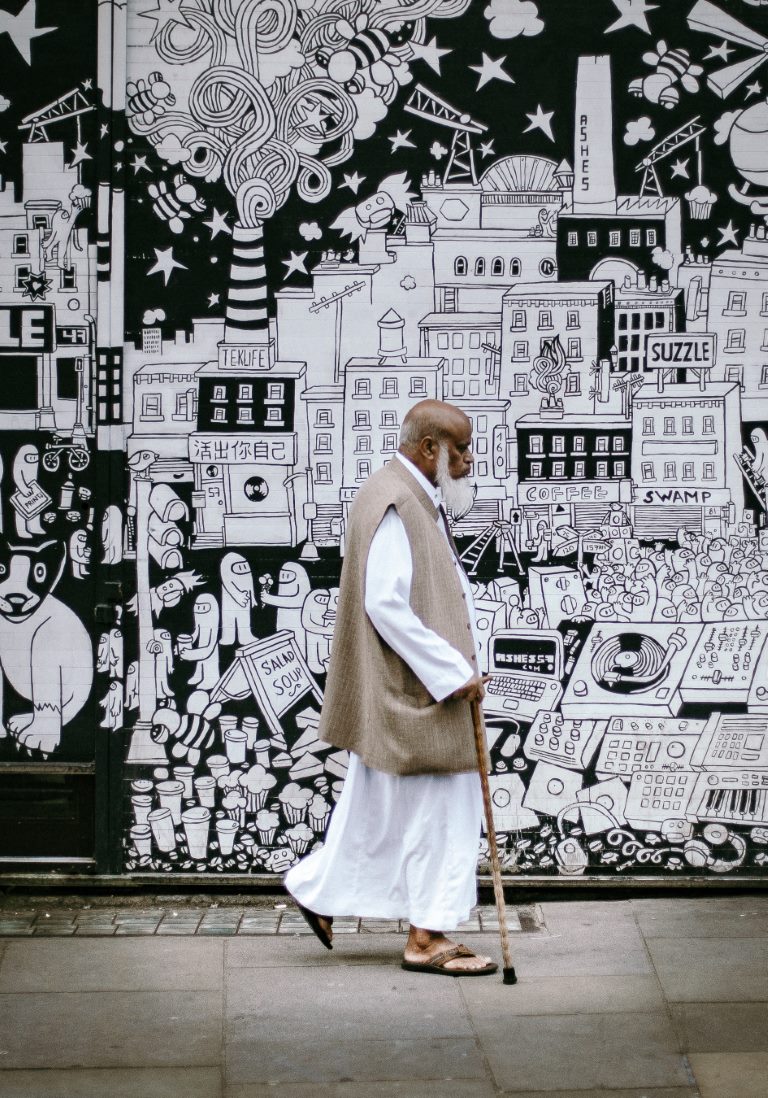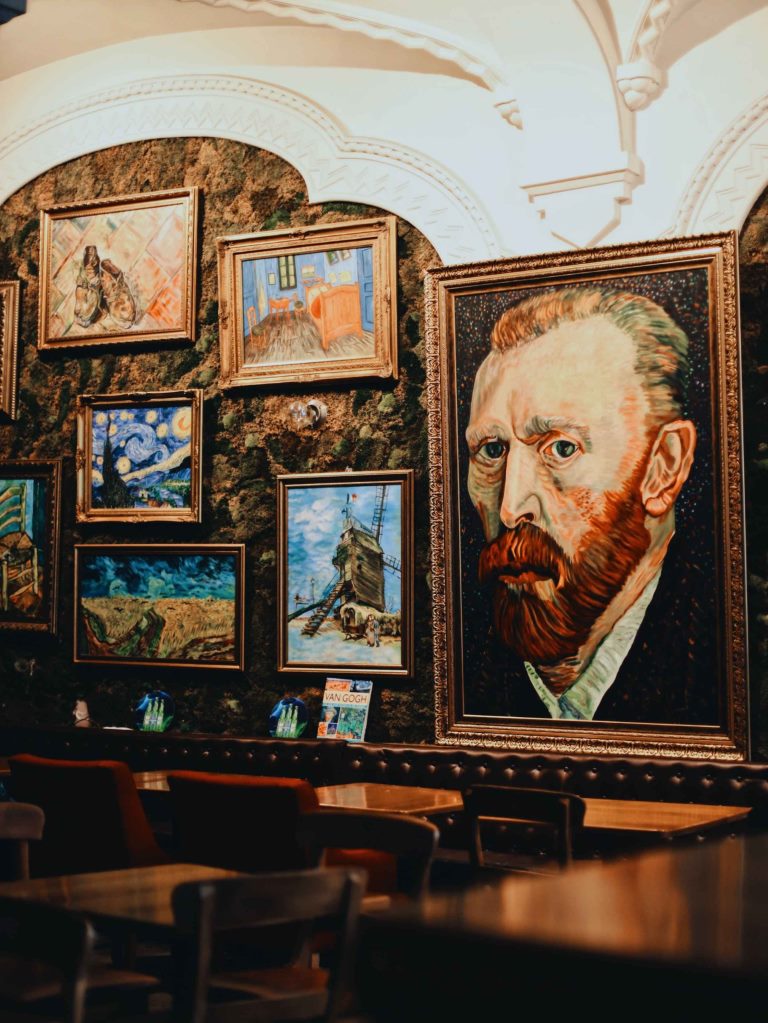How to Plan Your 3-Day Tour of Central Vietnam Including Hoi An, Hue, Vinh Moc, and Phong Nha
If you are planning to visit Central Vietnam and want to explore the historic landmarks, UNESCO World Heritage sites, and natural wonders the region has to offer, then this 3-day tour is perfect for you. Starting from Hoi An, this tour will take you through the stunning scenery of Quang Tri, Quang Binh, Hue, and Phong Nha. Here’s everything you need to know to plan your tour:Day 1: Hoi An – Quang Tri – Quang Binh
Your tour starts with a pick-up from your hotel in Hoi An City Center at 7:30 am. From there, you will head to Quang Tri Province, located approximately 130 kilometers north of Hoi An. Quang Tri was one of the most severely impacted provinces during the Vietnam War due to its location near the DMZ. Your first stop of the day will be the Vinh Moc Tunnels, an intricate network of underground tunnels that served as a shelter for Vietnamese people during the war. You will learn more about the history of this tunnel system and how it helped people survive during the war. Afterward, you will continue your journey to Quang Binh Province, where you will have lunch at a local restaurant. Later in the afternoon, you will visit the Truong Son National Cemetery, a memorial dedicated to the soldiers who fought for Vietnam’s independence. In the evening, you will have dinner and stay overnight in Quang Binh Province.Day 2: Quang Binh – Paradise Cave – Hue
After breakfast, you will head to the Paradise Cave, a magnificent underground cave with stunning rock formations. You will be amazed by the natural beauty of the cave and learn more about its geology. After lunch, you will continue your journey to Hue City, also known as the Imperial City. Once you arrive, you will visit the Imperial Citadel and learn about the history of the Nguyen Dynasty. You will also visit the Thien Mu Pagoda, one of the oldest and most beautiful religious sites in Vietnam. You will have dinner and stay overnight in Hue City.Day 3: Hue Heritage – Hoi An
On your final day, after breakfast, you will visit the Tomb of Tu Duc, one of the most impressive imperial tombs in Vietnam. Then, you will have the opportunity to see how the famous conical hats are made at a local hat-making village. After lunch, you will start your journey back to Hoi An City. You will take a scenic drive along the stunning Hai Van Pass, one of the most beautiful coastal roads in Vietnam. You will also stop at the Marble Mountains, where you will get to explore the natural caves and pagodas. Finally, in the afternoon, you will return to your hotel in Hoi An City Center.What’s Included:
Overall, this 3-day tour includes:- Transfer and transportation as per itinerary
- Bottled drinking water
- 2 breakfasts, 3 lunches, and 2 dinners
- Tips and gratuities
Booking Information:
To book this tour, you can visit the Viator website. Confirmation will be received within 48 hours of booking, subject to availability.Book Your Tour Now:
A 3-day tour of Central Vietnam including Hoi An, Hue, Vinh Moc, and Phong Nha is an incredible way to explore the region’s history, culture, and natural beauty. With this guide, we hope that you now have all the information you need to plan your tour and make the most of your time in Central Vietnam.
FAQ about Hoi An
If you’re planning a trip to Vietnam, you’ve probably heard about the charming old town of Hoi An. This UNESCO World Heritage Site is a popular destination for travelers seeking a more authentic Vietnamese experience. To help you plan your trip, we’ve put together a list of frequently asked questions about Hoi An.1. What is Hoi An?
Hoi An is a small city located on the central coast of Vietnam. The city’s name comes from the Old Chinese word “Faifo,” meaning “the place where ships arrive.” Hoi An’s Old Town is a unique blend of Chinese, Japanese, and European cultures, reflecting the city’s history as a major trading port from the 16th to the 19th century.2. What are the top things to do in Hoi An?
– Visit the Ancient Town: Hoi An’s Old Town is a maze of narrow streets and alleys lined with historic buildings, temples, shops, and restaurants. – See the Japanese Covered Bridge: This iconic bridge dates back to the 16th century and is a symbol of Hoi An. – Take a cooking class: Learn how to prepare traditional Vietnamese dishes at one of Hoi An’s many cooking schools. – Try street food: Hoi An is known for its delicious street food, including Banh Mi (Vietnamese sandwich), Cao Lau (noodle dish), and Pho (beef noodle soup). – Visit the night market: Head to the night market in Hoi An’s Ancient Town to enjoy local food, shopping and entertainment.3. When is the best time to visit Hoi An?
The best time to visit Hoi An is from February to May when the weather is mild and dry. The rainy season in Hoi An is from September to January, so it’s best to avoid this time if possible.4. How do I get to Hoi An?
The nearest airport to Hoi An is Da Nang International Airport, which is about 45 minutes away by car. You can either take a taxi, shuttle bus, or private transfer from the airport to Hoi An. If you’re coming from Hanoi or Ho Chi Minh City, you can also take a domestic flight to Da Nang.5. Is Hoi An safe for tourists?
Yes, Hoi An is generally a safe city for tourists. However, petty crime such as pickpocketing and theft can occur, so it’s important to keep an eye on your belongings when in crowded areas. It’s also advisable to use common sense and be aware of your surroundings.6. What is the currency used in Hoi An?
The currency used in Hoi An is the Vietnamese Dong (VND). It’s recommended to carry small denominations of the currency as it can be difficult to get change for large notes.7. Do I need a visa to visit Hoi An?
Visitors from many countries can enter Vietnam without a visa for a specified period of time. However, it’s always best to check the latest visa requirements before your trip.8. What should I wear when visiting Hoi An?
Hoi An has a warm and humid climate, so it’s best to wear lightweight, breathable clothing. For visits to temples or other religious sites, it’s recommended to dress modestly, covering your shoulders and knees.9. What language do people speak in Hoi An?
The official language of Vietnam is Vietnamese. However, many people in Hoi An’s tourism industry speak English, and it’s easy to get by with basic English.10. What are some cultural customs and expectations in Hoi An?
– When entering temples or religious sites, it’s customary to remove your shoes and dress modestly. – It’s polite to greet people with a smile and a nod or a slight bow. – Pointing with your hand or foot is considered rude, so it’s best to use your entire hand to gesture. – It’s considered impolite to touch someone’s head, so avoid doing so.Book Your Tour Now
Hoi An is a unique destination that offers visitors a glimpse into Vietnam’s rich history and culture. With its vibrant Old Town, delicious street food, and friendly locals, it’s no wonder why so many people fall in love with this charming city. We hope this FAQ has answered some of your questions about Hoi An and helps you plan an unforgettable trip.
How to Spend Your Time as a Tourist in Hoi An
Hoi An, located in central Vietnam, is a beautiful and charming city that has something for everyone. Whether you’re interested in history, culture, food, or just taking in the sights and sounds of a new place, Hoi An is the perfect destination. Here’s an overview of how to spend your time as a tourist in Hoi An.1. Explore the Old Town
One of the main draws of Hoi An is its well-preserved old town. The entire area is a UNESCO World Heritage site, and you could easily spend a whole day wandering its narrow streets and admiring its historic buildings. Some of the highlights include the Japanese Covered Bridge, the Tan Ky Old House, and the Quan Cong Temple. The best time to explore the old town is early in the morning, before the crowds arrive.2. Take a Cooking Class
Vietnamese cuisine is renowned around the world, and Hoi An is no exception. Taking a cooking class is a great way to learn more about local ingredients and cooking techniques, and it’s also a fun way to spend an afternoon. There are several reputable cooking schools in Hoi An, and most classes include a visit to the local market to buy ingredients.3. Visit the Beach
Hoi An is located near several beautiful beaches, including An Bang Beach and Cua Dai Beach. Both are easily accessible from town and offer the perfect place to relax and soak up the sun. An Bang Beach is known for its lively beach bars, while Cua Dai Beach is more secluded and peaceful.4. Ride a Bicycle
One of the best ways to explore Hoi An and its surrounding countryside is by bicycle. There are numerous bike rental shops in town, and many hotels offer complimentary bikes for their guests. Popular routes include cycling through rice paddies, visiting local villages, and exploring the countryside.5. Attend a Lantern Festival
Hoi An is famous for its lantern festival, which takes place on the full moon of each month. During the festival, the streets of the old town are decorated with colorful lanterns, and people release floating lanterns onto the river. It’s a magical event that shouldn’t be missed if you’re in Hoi An during the festival.6. Visit the My Son Sanctuary
Located about an hour’s drive from Hoi An, the My Son Sanctuary is a collection of Hindu temples that date back to the 4th century. Despite suffering significant damage during the Vietnam War, the temples are still an impressive sight and offer a fascinating glimpse into Vietnam’s ancient history.7. Go Shopping
Hoi An is known for its skilled tailors, and many tourists come to the city specifically to have clothes made. There are also plenty of shops selling handicrafts, souvenirs, and other locally-made products. The best places to shop are in the old town, where you can find everything from silk scarves to custom-made suits.8. Try the Food
No trip to Hoi An is complete without trying the local food. Some of the must-try dishes include banh mi (Vietnamese sandwich), cao lau (noodles with pork and herbs), and com ga (chicken rice). There are plenty of restaurants in town serving up delicious Vietnamese cuisine, as well as street vendors selling snacks and drinks.Book Your Tour Now
Hoi An is a truly special place that offers a wealth of experiences for tourists. Whether you’re interested in history, culture, or just soaking up the atmosphere of a new place, Hoi An won’t disappoint. With so much to see and do, you’ll want to plan your trip carefully to make the most of your time in this beautiful city.Table of Contents
